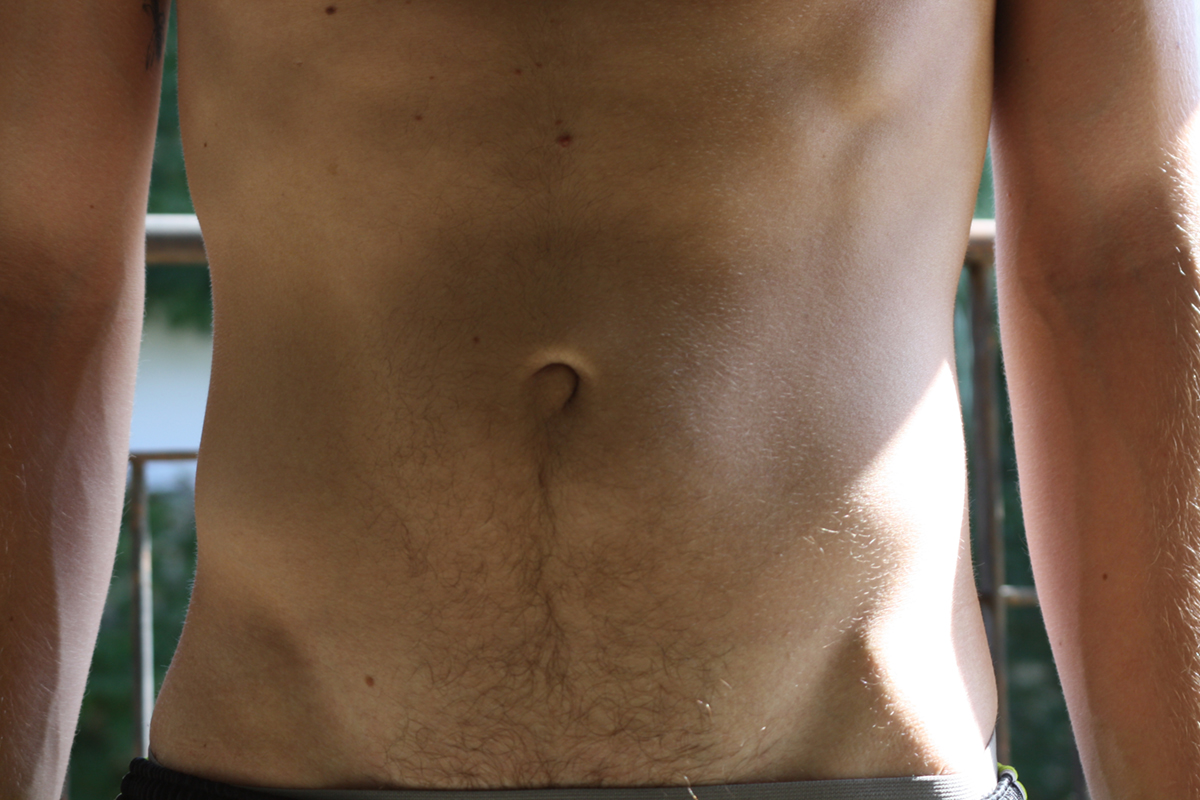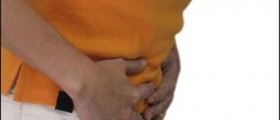Pain in the Lower Left Quadrant
The abdomen is the part of the body that houses many organs. Therefore, when a pain in the abdomen occurs, it may be due to certain disorders or diseases that affect any of the organs in the abdomen. Therefore, the causes that are responsible for the occurrence of pain in this region are numerous and various. The kidneys, ovaries, ureter, intestines, bladder, fallopian tubes, blood vessels, muscles, nerves and the skin are the organs or structures in the body whose malfunction or any disorder may cause the lower left quadrant pain.
Causes of Lower Left Quadrant Pain
One of the causes of the pain that occurs in lower left abdominal side is constipation. The people who suffer from constipation have problems to pass the feces normally, since the stools are very dry and hard. Apart from the lower left quadrant pain, constipation may also cause bloating of the stomach and even headaches.Another condition responsible for the pain in the entire abdomen and lower left quadrant pain is gastritis, or gas in the stomach. Other symptoms of gastritis include stomach bloating, abdominal cramping, and passing wind from the anus. Diverticulitis is a bowel disease that affects the sigmoid colon and thus leads to the occurrence of severe pain in the lower left abdomen area.
The severity ranges from mild to severe, which can result in perforation with peritonitis and abscess or fistula formation. The severity of the initial attack is an excellent predictor of the likelihood of recurrence. Mild cases of diverticulitis can be treated medically. More severe cases may require emergent surgery as a result of complications.
- The differential diagnosis of left lower-quadrant pain includes gastrointestinal, gynecologic, and renal/ureteric pathology. Imaging is helpful in evaluating left lower-quadrant pain, and is generally guided by the clinical presentation.
- The severity of disease varies from mild pericolonic and peridiverticular inflammation to severe inflammatory changes with complications such as perforation, peritonitis, or abscess or fistula formation.
- Computed tomography is the preferred test in evaluating clinically suspected diverticulitis. It is used to evaluate the severity and extent of disease and to identify complications, but it also may diagnose other causes of left lower-quadrant pain that can mimic diverticulitis.
- Magnetic resonance imaging can be used to assess left lower-quadrant pain. It has superior resolution of soft tissues and does not expose the patient to ionizing radiation, but it is expensive and requires more time to perform.
- Transabdominal ultrasonography with graded compression is another effective technique but is limited by its high operator dependency and technical difficulties in scanning patients who are obese.
- Pelvic ultrasonography is the preferred imaging modality in women of childbearing age.
- Radiography with contrast enema is less sensitive than computed tomography in diagnosing diverticulitis and is seldom used.
In women, lower left quadrant pain may be caused by ectopic pregnancy. It is the condition when after the fertilization the egg does not implant itself in the wall of uterus, but somewhere else. Furthermore, lower left quadrant pain may also be caused due to food poisoning. When a person gets poisoned by eating contaminated food, he/she may feel severe pain in the lower left side of the abdomen. Other accompanying system of this condition include nausea and vomiting and, in some cases, fever.
Lower left quadrant pain may be induced by irritable bowel syndrome. The pain in the lower side of the abdomen is usually accompanied by abdominal cramping, bloated stomach, constipation or diarrhea, and gas when irritable bowel syndrome occurs. Kidney stones may be responsible for the occurrence of sharp pain in the lower left abdominal area. This pain tends to expand to the thighs and legs of the person.
Hiatal hernia is a condition that can cause lower left quadrant pain as well. Hiatal hernia occurs when a part of the stomach bulges out of the diaphragm into the chest. Acid reflux disease usually occurs as the symptom of hiatal hernia.


















Your thoughts on this
Loading...